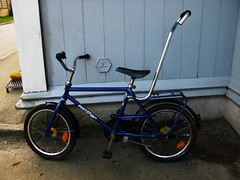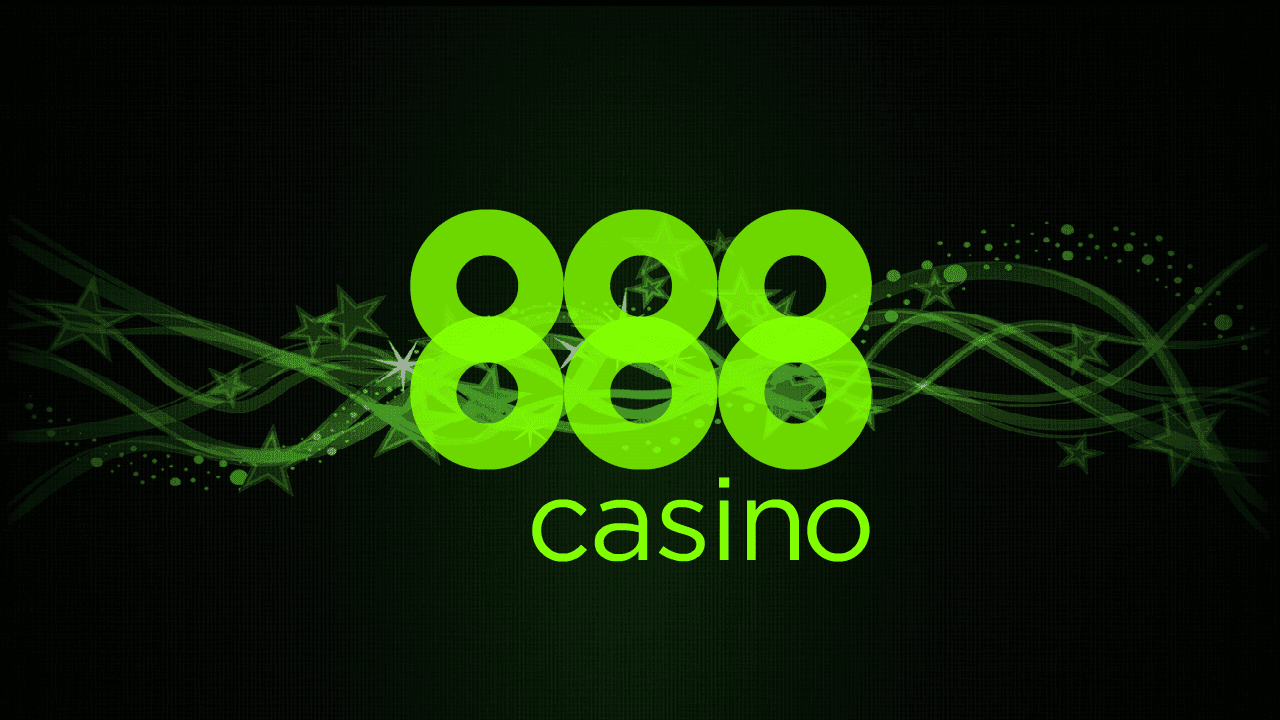
 It's time for Lulu-Sophia to start learning to ride a bike. She turns two next month and already loves riding about in the yard on a variety of vehicles.Here's Lulu warming up for learning to ride a bicycle. It would seem that many Danish kids have a little plastic motorbike, like the ones in the video. I see them everywhere and they are, in a way, a forerunner to the balance bike. The back wheels are narrow and it requires some balance when learning to master it.
It's time for Lulu-Sophia to start learning to ride a bike. She turns two next month and already loves riding about in the yard on a variety of vehicles.Here's Lulu warming up for learning to ride a bicycle. It would seem that many Danish kids have a little plastic motorbike, like the ones in the video. I see them everywhere and they are, in a way, a forerunner to the balance bike. The back wheels are narrow and it requires some balance when learning to master it.
There's the Micro G-bike, the Puky, Mocka, assorted wooden brands, Hudora, Kokua's Likeabike, Strider bike, Mamamemo and then there's a host of cheap supermarket versions.
On the one hand I find the selection impressive but on the other hand, it's irritating. A brand like Kokua is marketed as the Rolls Royce of balance bikes and costs 1000 kroner [$190] MORE than the cheapest make I've found. There are other brands that are in this price region, too.Now I like design. You can't really live in Denmark without liking design, it's an important part of life given our long design tradition for simplicity, functionality and aesthetics.But I draw the line at paying $1300 kroner [$250] for a little bicycle that will only be used for a year or two. So we're going for a cheap and cheerful brand that costs about 350-400 kroner [$65-75]. We quite fancy the Mamamemo as it has a little basket bag at the front and you can pull a trailer.
Then I realised that there are sizes. 80 cm - about 2 years old and 90 cm - about 2.5 years old and Lulu is just a bit over 80 cm. We'll find one for her. And it'll probably be across the bridge in Sweden since their krone has suffered dreadfully since the global financial crisis and is at the lowest rate against the Danish krone in history. So you get to knock off a further 30-35% off the price.Anybody out there have any experience to share with balance bikes? Regarding brands and quality? Do tell. Do tell.





